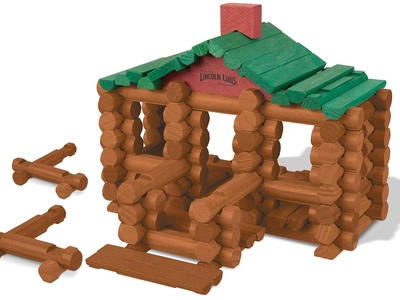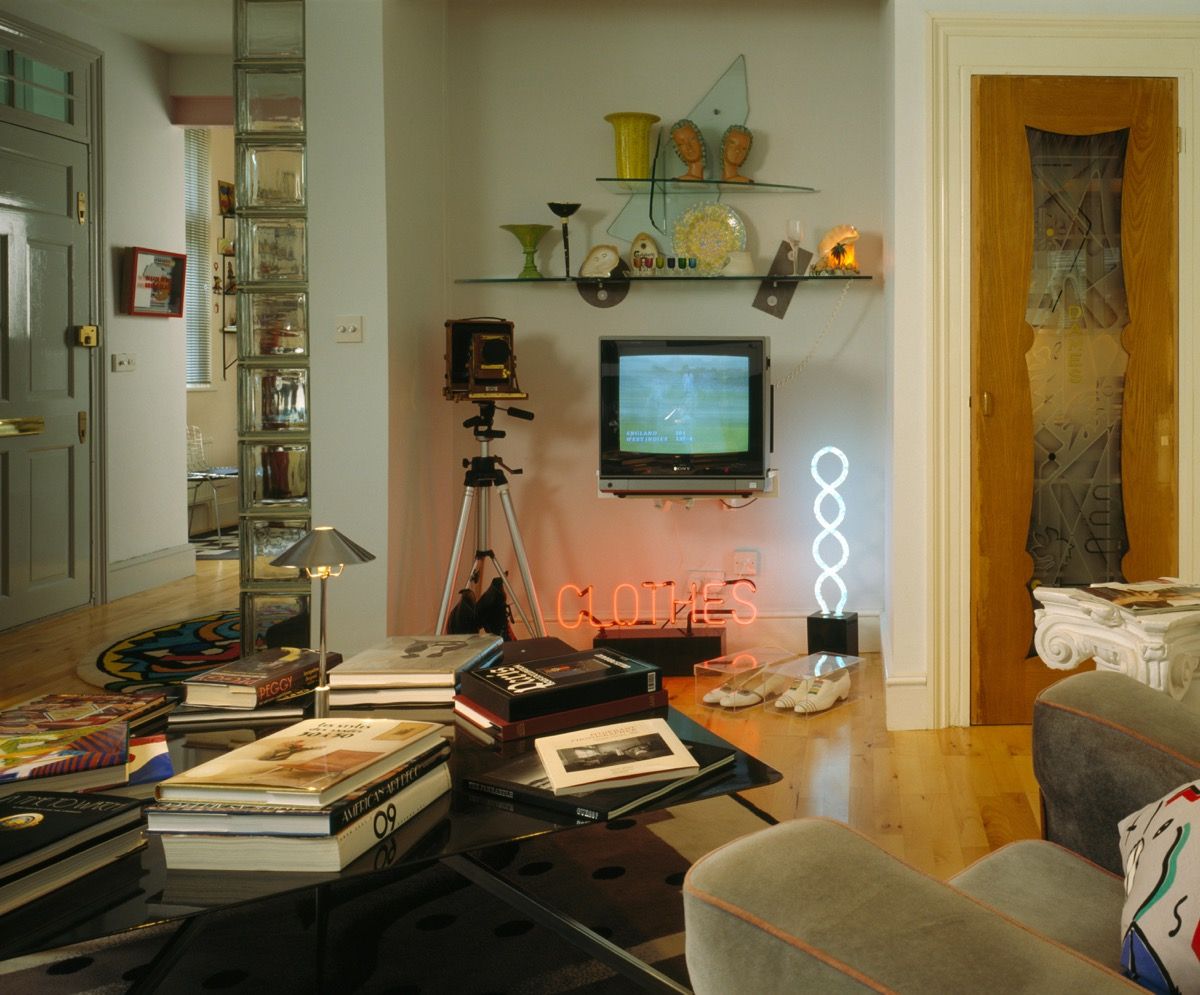Unveiling the Nostalgia and Story Behind Lincoln Logs: The Timeless Wooden Toy That Built Imagination
Those seven reddish-brown wooden pieces scattered across your grandmother's attic floor? They're not just old toys gathering dust. They're Lincoln Logs – and they represent everything we've lost in our digital age.
While your kids are glued to iPads, building virtual worlds in Minecraft, these simple wooden logs once sparked the imaginations of entire generations. They built cabins with their bare hands, created frontier towns, and learned the satisfaction of constructing something real with nothing but interlocking pieces of wood.
The Forgotten Genius Behind America's Building Blocks
Lincoln Logs weren't just another toy company's bright idea. They were born from architectural brilliance. John Lloyd Wright – son of legendary architect Frank Lloyd Wright – invented them in 1916 after watching his father construct the earthquake-resistant Imperial Hotel in Tokyo using interlocking timber beams.
Imagine that: a toy inspired by cutting-edge architecture, named after a president who knew the value of humble beginnings. These weren't mass-produced plastic distractions. They were miniature lessons in engineering, patience, and the American spirit.
What We've Traded Away
Today's children swipe, tap, and click their way through digital worlds that disappear the moment the battery dies. But Lincoln Logs? They taught something different entirely.
Every cabin built required planning. Every wall demanded patience. Every structure collapsed taught resilience. When you ran out of pieces, you couldn't just download more – you had to be creative, resourceful, ingenious.
Science backs this up. Studies show that nostalgic items activate our hippocampus and amygdala – the brain regions responsible for emotional memory. That warmth you feel seeing those wooden logs isn't just sentimentality. It's your brain recognizing something profound: the deep satisfaction of creating with your hands.
The Psychology of Simple Things
Why do vintage toys trigger such powerful emotions? Because they represent a time when childhood wasn't scheduled, optimized, or digitized. They weren't designed to capture attention spans or harvest data. They were built to last – both physically and in memory.
Think about it: you probably remember the exact feeling of those wooden logs in your small hands. The satisfying click as they locked together. The pride of showing off your finished fort. The devastation when your little brother knocked it down.
Can your child say the same about their digital games?
More Than Just Wood and Nostalgia
Lincoln Logs taught skills that modern toys rarely address:
- Spatial reasoning: Understanding how pieces fit together in three-dimensional space
- Problem-solving: Working within physical constraints to achieve a vision
- Delayed gratification: Building something slowly, piece by piece
- Failure resilience: Starting over when structures collapse
- Tangible accomplishment: Creating something you can touch, show, and be proud of
These weren't just toys. They were training grounds for future architects, engineers, and builders – the very people who constructed the America we live in today.
The Great Toy Divide
We've created a generation that can build elaborate digital castles but struggles to construct a simple birdhouse. They can code virtual worlds but can't figure out why their Lincoln Log cabin keeps falling down.
This isn't anti-technology nostalgia. It's recognizing that we've lost something essential in our rush toward the digital future. We've traded the satisfaction of physical creation for the instant gratification of virtual achievement.
Rediscovering What Matters
Those seven wooden pieces in the photo aren't relics. They're reminders. Reminders of a time when toys were tools for imagination rather than replacements for it. When children learned to build rather than just consume. When simplicity sparked creativity instead of stifling it.
Maybe it's time to dust off those Lincoln Logs. Maybe it's time to show our children that the best toys don't need batteries, WiFi, or updates. Maybe it's time to remember that sometimes, the most advanced technology is a simple piece of wood with notches cut in just the right places.
Because in a world of infinite digital possibilities, there's something profound about the constraints of seven wooden logs and unlimited imagination.





